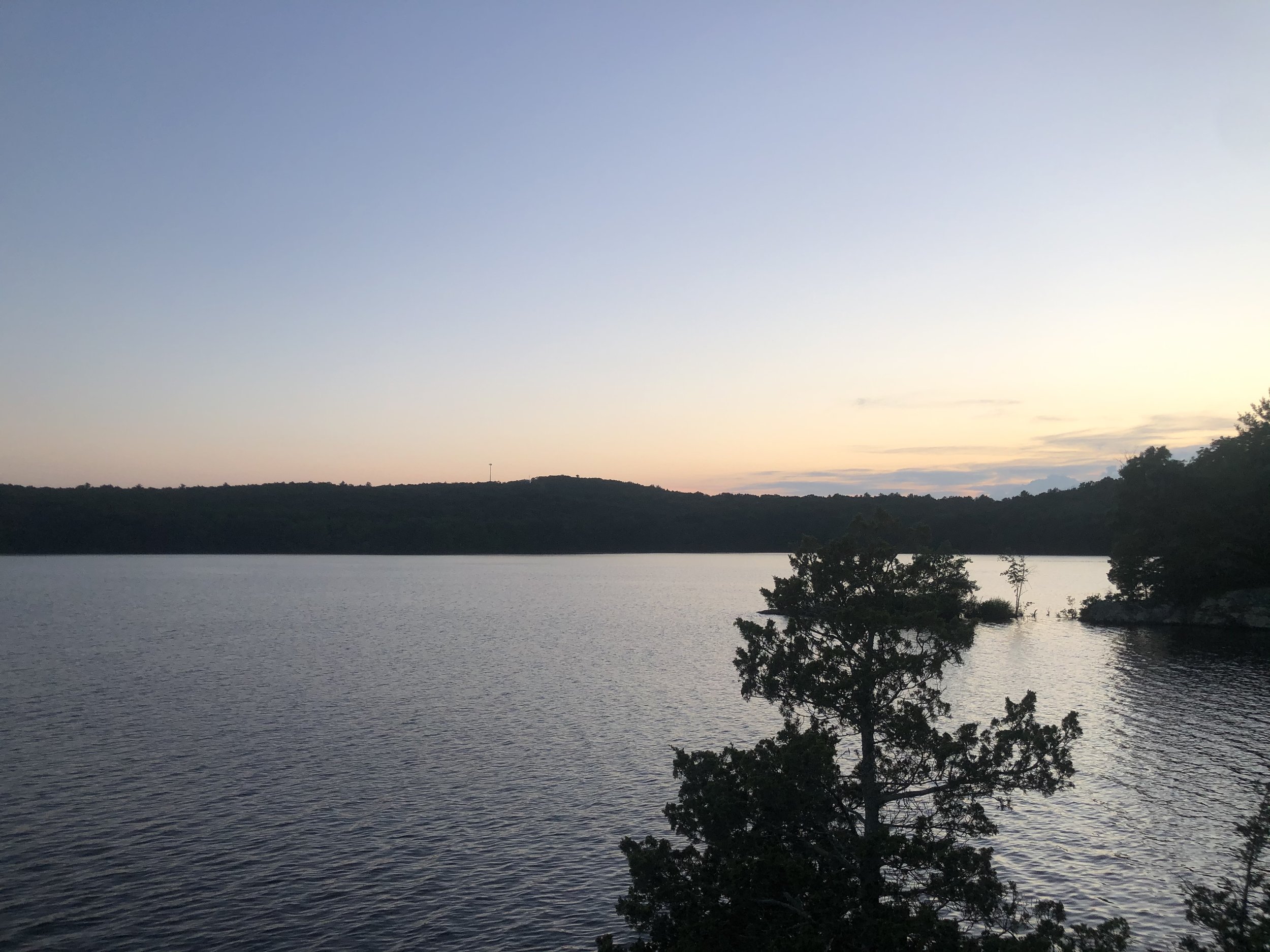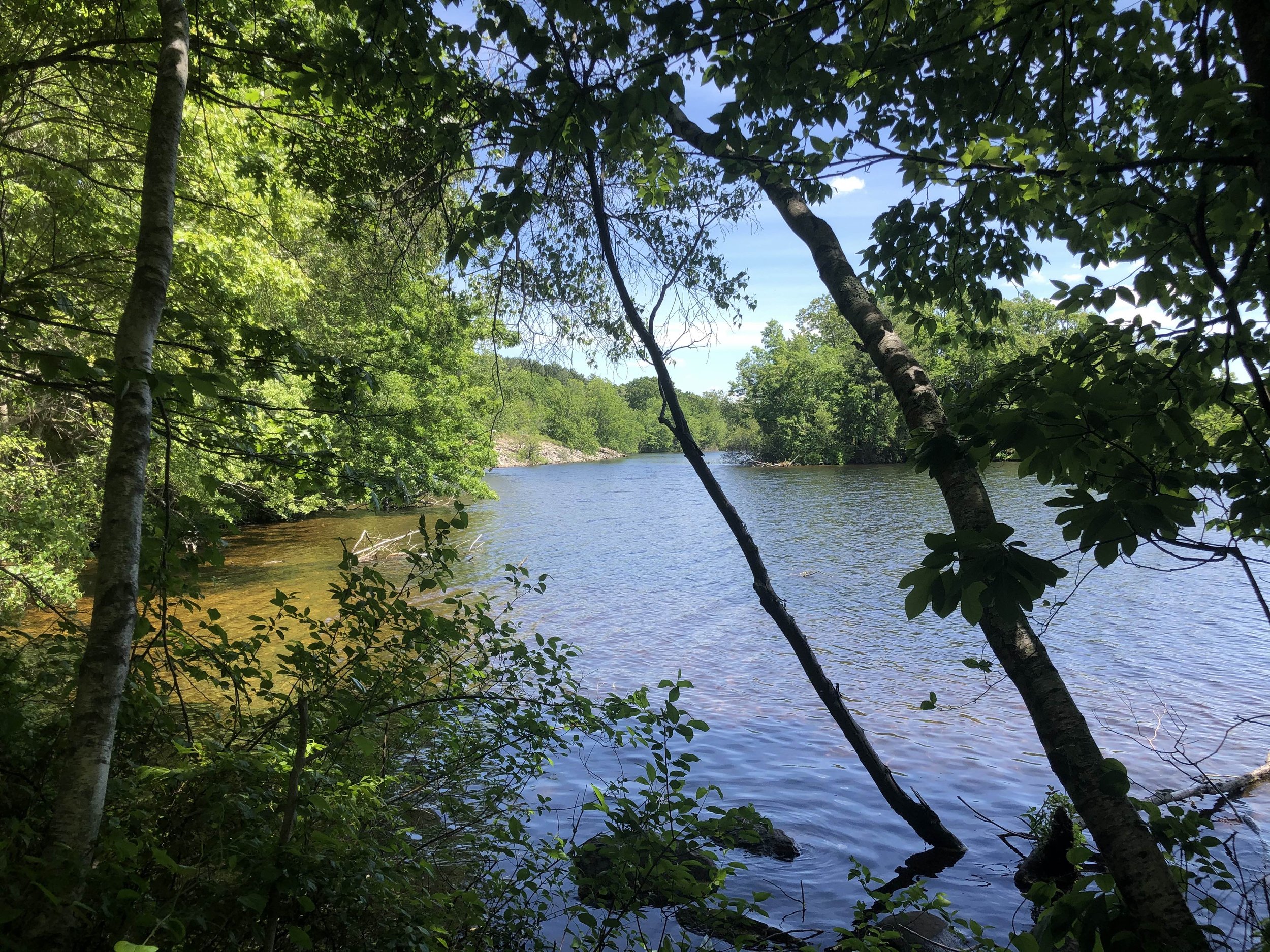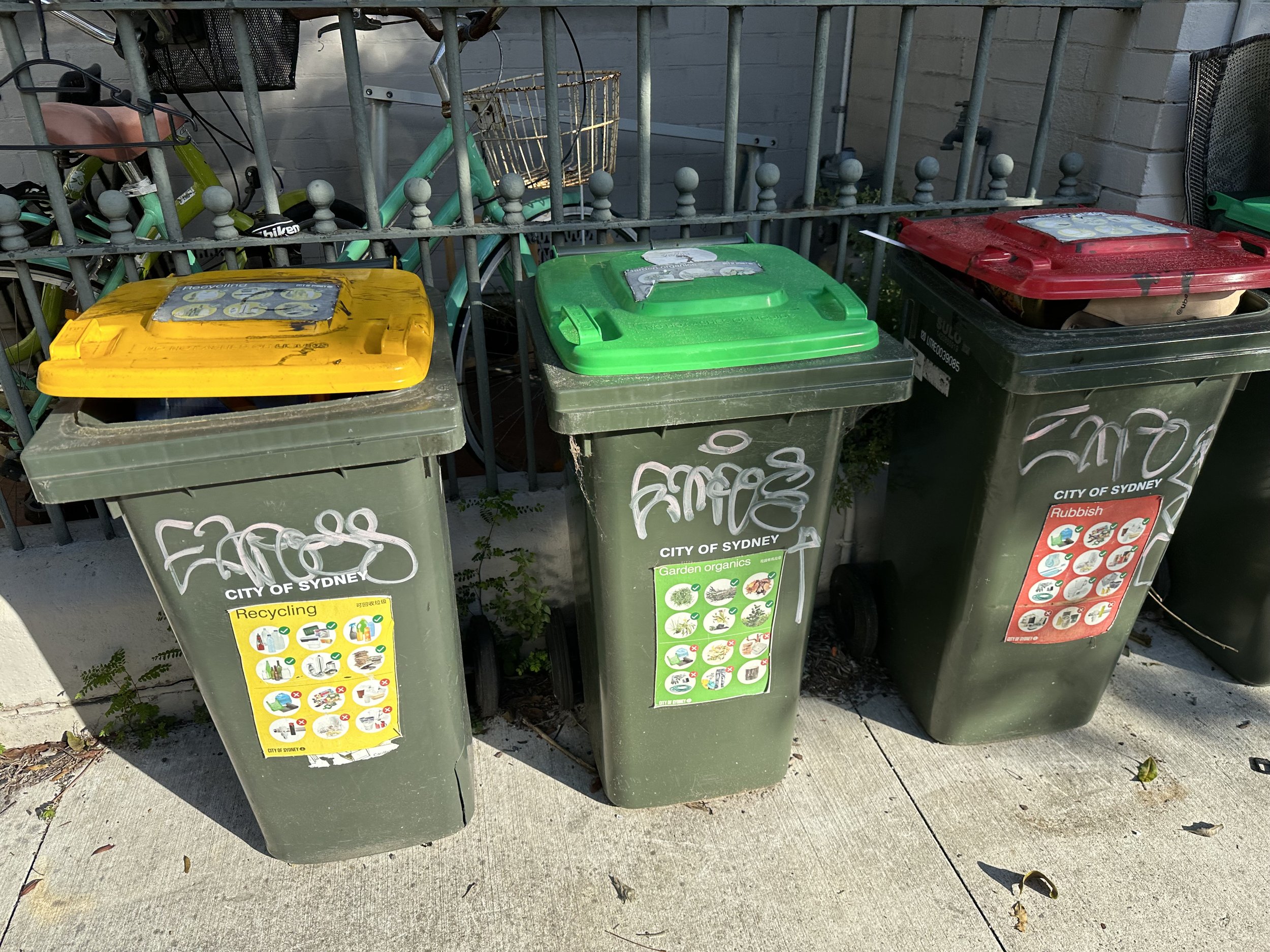This blog by Ashley Qiu, intern with Sustainable House, gives some options to keep rain where it falls. Thank you, Ashley.
By Ashley Qiu
I’ve always loved the rain.
Rain cleanses, while it hydrates. It's like a reset button for a new and better version of myself to emerge when the sun comes back out.
Our dear Mother Nature provides us the rain and more, yet I admittedly oftentimes take her for granted. So what can we do to be more conscious and bring her to the forefront of our minds? What can we do to save more, rather than take more from our home, our Earth?
Back in the US, I live in a suburb called Cumberland in the state of Rhode Island, where the rainfall is on average 1,300 mm a year in this 73 km2 land area. The images below show some of my favourite parts of Cumberland.
• Rhode Island, U.S.
• Rhode Island, U.S.
• Rhode Island, U.S.
Currently, I am working in the Chippendale area, located beside Sydney’s central business district, until the end of February as an intern with Michael Mobbs and Sustainable House, and this 700,000 m2 land area receives about 858,000,000 litres of rainfall a year.
I’ve found that living in Sydney is much different from living at home. While I also live here in a suburban-like area, the residential and commercial buildings are much more closely placed together than in Cumberland. There are minimal front yards, driveways, and side yards. With that, I find the suburbs of Sydney more walkable, so I have been able to walk to explore more than I initially imagined, which is awesome.
I have also noticed that Australia seems to be more sustainably focused than the US.
For example, in Australia, the waste bins provided to residents have the typical trash and recycling, but also one designated for food waste, which the US lacks. Furthermore, these waste bins have labels and pictures indicating what can be put in each, which I know Americans would benefit from – sometimes I struggle with what can be recycled or not. Another thing I noticed was that Australian outlets have switches over the holes to activate them, while none of the outlets in the US have this feature and are constantly “on.” Finally, I found that as for water usage, the average Australian uses 275 litres/day, while the average American uses 300 to 380 litres/day.
• Sydney trash or garbage bins with images showing what to put in them
There’s an unpublished blog by Michael that counts the cost of wasting our money and resources by importing water to the city, and compares savings when we collect this abundant amount of natural rainfall water for our use. More water falls as rain and is wasted to Sydney harbour than is imported as town water. Michael writes:
“Each year 858 million litres of rain falls on the houses and roads of Chippendale and is wasted. The wasted water is worth $2,016,300 ($2.35 a thousand litres) when valued at the same price Sydney residents are charged for town water.
But each year 738 million litres of town water is imported through thousands of kilometres of pipes from distant dams and rivers to Chippendale and sold to residents who are charged $1,734,300 for it. The dirty energy used to pump the water puts the town water provider in the top 20 climate polluters of NSW.”
• More rainwater is wasted than is imported at town water
Saving rainwater reduces personal costs and protects our Earth, but one of the most surprising benefits I came across is that rainwater simply tastes better than town water! Michael offered me a glass of his water that he collects from the rain. Usually, all water tastes the same to me – I’m not a big proponent of one brand versus another because of this, but this water definitely had a distinct taste. It was lighter and fresher. It seemed slightly more viscous, yet ironically flowed smoother down my throat. It was even more shocking to hear that rainwater is actually safer to drink than the town water. Michael built a tank to collect rainwater that can be used instead of imported town water, and after 1.5 years of testing, lab tests confirmed that rainwater truly is better. The data is in his book, Sustainable House.
So now, how can I save our rainwater and reap the benefits? The solutions are simple, easy for anyone to use at home or in the street outside.
You can be crafty and build a leaky drain. This helps hydrate below ground without lifting a finger.
Take your rainwater harvesting even further by building a leaky well to direct the rain below ground instead of letting it go to waste. Leaky wells also help prevent floods during the peak torrential rain season. It is simple and cheap to build, and once you are done, requires no maintenance! Michael told me that no rain or sewage has left the house in the last 27 years – over 2 million litres of rain and over 2 million litres of sewage. All torrential rain in 2022 (over 90,000 litres) were kept on site. This was mind boggling to hear! Imagine if all of us did the same over the course of our lifetime …
• Leaky well being constructed of recycled sandstone to take overflow from adjoining 10,000 litre concrete rain tank
If you want to gather a couple of your friends and tackle a larger project, you can build a self-watering nature strip. This collects the rainwater from roofs and footpaths to restore the soil after the damage done by building infrastructure.
And we cannot forget about the Coolseats! They contain wicking beds (we use the brand WaterUps), which reduce water use by 60%. They collect the rainwater and prevent evaporation from the garden bed surface because they are underneath the Coolseats where the plant roots are, which provides the plants a more efficient means to drink the water and grow! Unlike we humans, who drink through our mouth at the top of our body, plants drink from roots below ground.
• Wicking beds like these Waterups reduce garden watering by 60%
There’s a useful blog about Waterups here.
After learning about these ways to conserve nature’s water, I wondered how we could encourage people to implement these systems in the private and public spheres. One big element is having it be incorporated into the initial design and construction of infrastructure, rather than making alterations later down the line. This will create a culture focused on sustainability instead of as something that is just an extra thing that is nice to have, which I feel that the US needs to do better on.
• No downpipe to discharge rain to the street at Sydney’s Sustainable House . . .
• Downpipe goes under the house to take rain to 10,000 litre concrete tank buried in the back yard
During one of his tours of his Sustainable House, Michael highlighted that he redirected his own water pipe into his house to collect rainwater instead of letting it flow back into the street.
Like Michael’s neighbors, my house back in the States, also just lets the rainwater flow into the sewage system. I met an architect on this tour, and he came to learn about how he could incorporate the sustainable features of Michael’s house into the homes he designs. We need more people like him! If other architects and urban planners share this curiosity and passion for sustainable homes, we can all have the same water systems as Michael automatically instead of installing them later down the line.
Michael showed me an agricultural pipe he installed in the footpath verge beside the Shop and Wine Bar Cafe, Bondi Beach. It has many tiny holes that take in rainwater and hydrate the soil instead of letting the water run away into the streets and eventually flow into the harbour, creating heaps of water waste. There are dozens of similar ‘leaky drains’ in the footpath gardens of Chippendale. This drain is especially helpful during the torrential rain season. I learned that the sewers on Broadway at Chippendale leak and absorb rain and cannot handle the large amount of rain, and so they pop open and sewage escapes into the harbour, creating even more extra waste going into the harbour.
• Agricultural drainage pipe with holes, covered by long-lasting geofabric absorbs rain from path and roof to irrigate plants below ground, keep stormwater out of Bondi Beach - beside The Shop and Wine Bar cafe
Useful stormwater design guide
A Queensland company specialising in water design and construction in streets, parks and public places, has a useful free guide with examples, Water by Design that has several options for watering street trees.
It also aims to stop flooding, grow trees, cool streets and increase property values using agricultural pipes. This gets rid of leaky sewage, subsequent costs and resources for upkeep, and health risks that arise when sewage escapes the drainage systems during torrential rain season. Additionally, with less water flowing over the streets, there is less water damage to the roads, reducing maintenance costs.
Having the agricultural pipes thoughtfully placed in areas where there are trees is also helpful. When the trees grow, they can create a canopy that makes buildings 10 degrees cooler. This makes us feel more comfortable in our homes and places of work and play, and we save on our electric bills because we do not need to use air conditioning as often. Also, our property value rises with the presence of trees.
Circling back to my internship’s focus on reducing food waste through composting, I wanted to highlight why using recycling rainwater is better than importing water. Food production is one of the largest drivers in water use and, when wasted, as water waste. Let’s count how much water it takes to produce some common food items I’ve seen while composting.
● One slice of bread: 38 liters
● One lettuce head: 57 liters
● One tomato: 83 liters
● 8 oz coffee: 110 liters
● One orange: 208 liters
To produce such small amounts of food takes - to me - shocking amounts of water. My breakfast can easily be food that’s taken over 1,000 litres to grow.
If we can all start saving rainwater, this can help reduce our water footprint. We can recycle our water use for food production instead of drawing new water sources.
As I reach the halfway point of my internship, I learned how easy it is to create a more sustainable lifestyle.
Honestly, when I was back home, I did not put as much effort into changing my patterns significantly because I only knew about the larger-scale ways to save energy and resources that seemed too difficult and beyond my reach.
However, as I continue working with Michael, I have learned how easy it is to reduce food waste by composting and to save water by building mechanisms that don’t even need any upkeep after being assembled. I am excited to learn and share with you more about how we can reduce our carbon pollution and express our love and care for our Earth.
Ashley Qiu, Intern with Sustainable House











